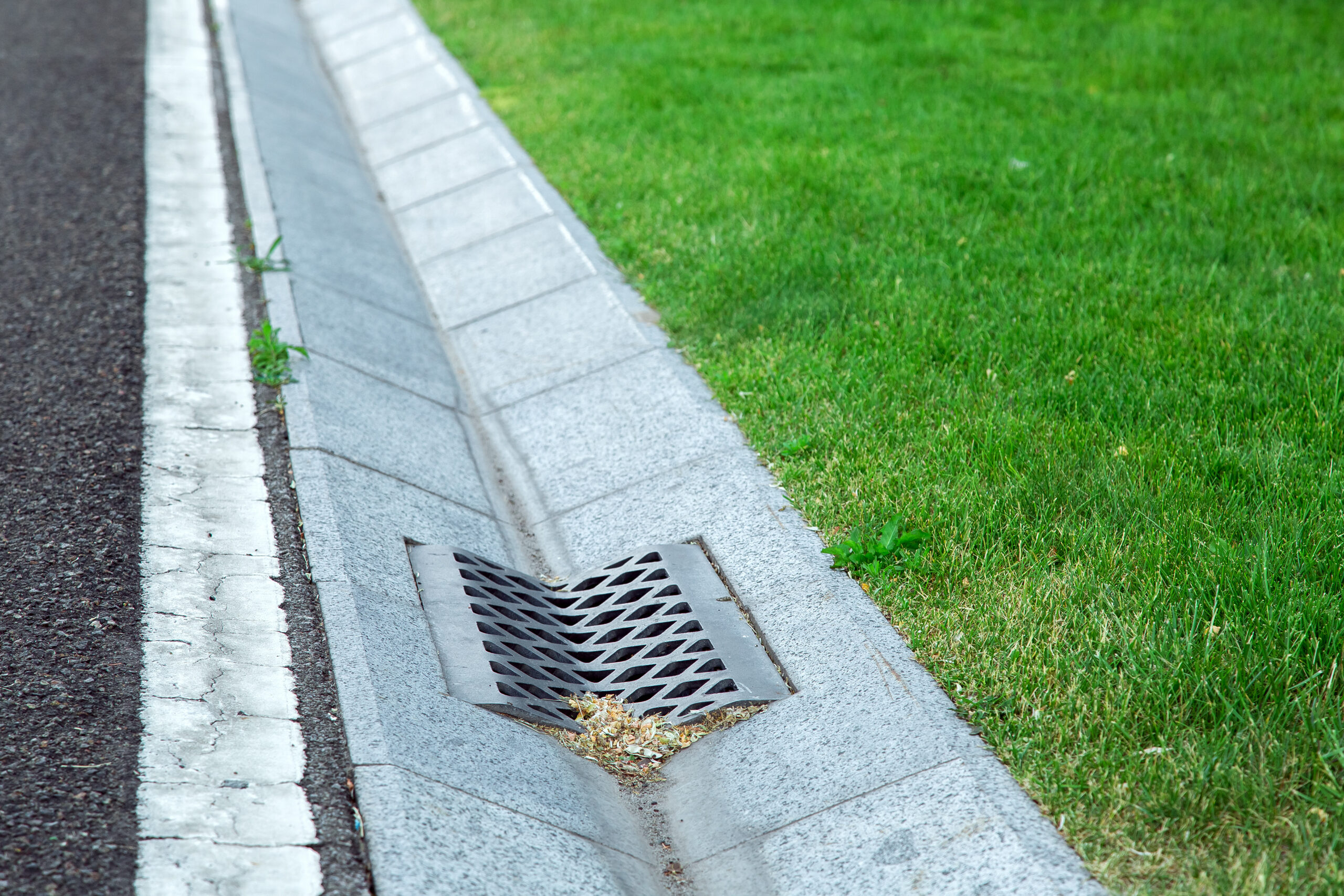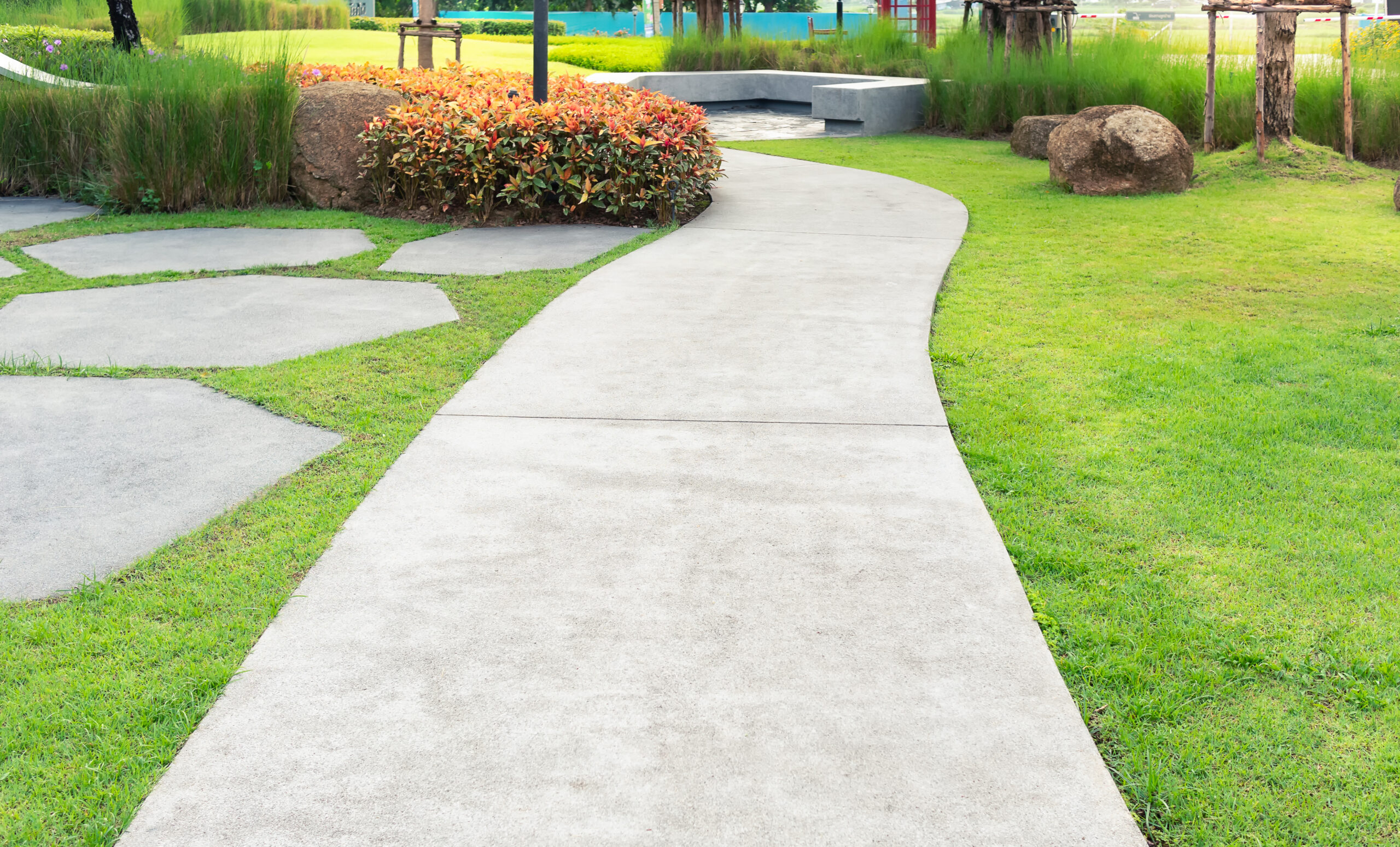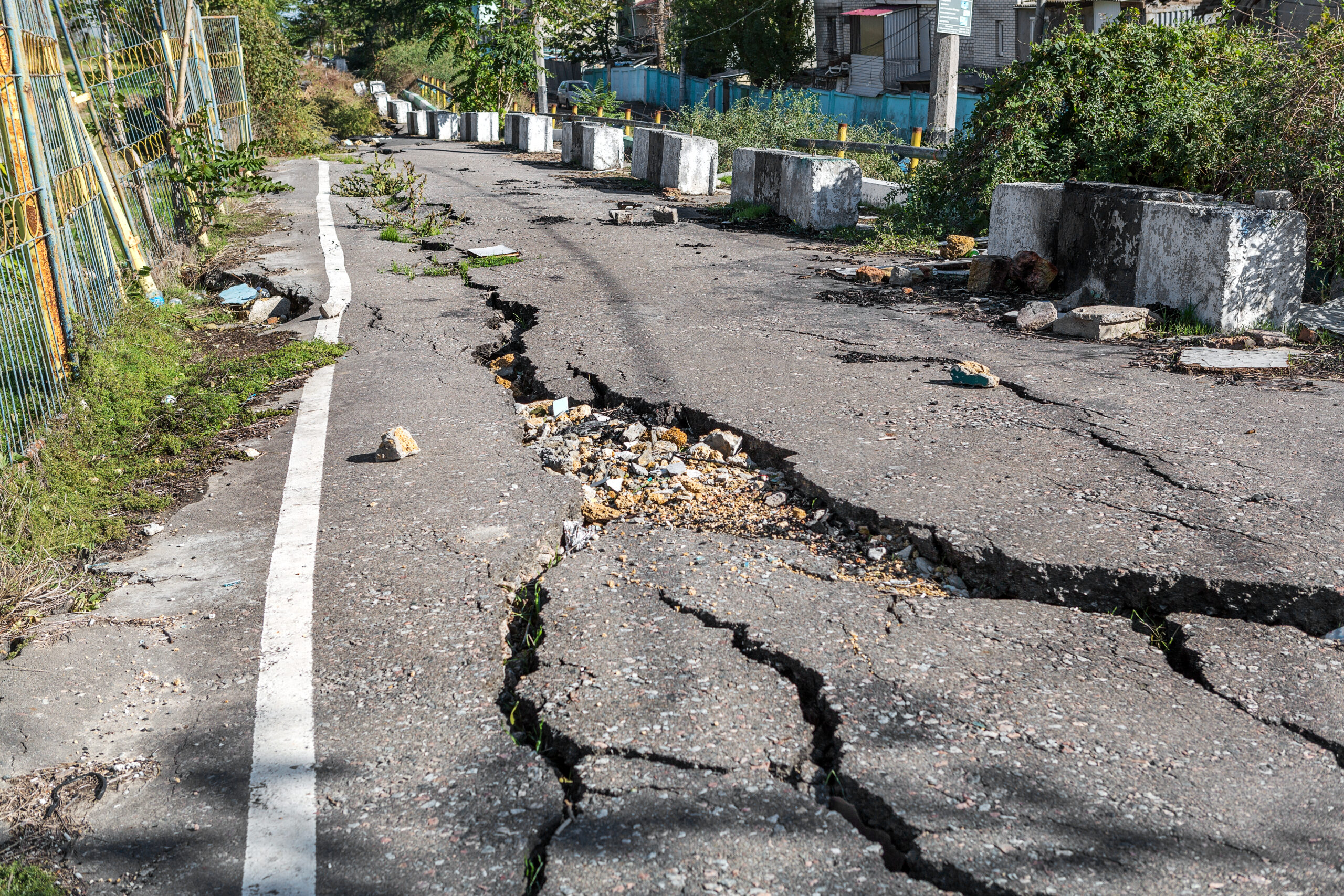
Proper drainage is one of the most important, yet often overlooked, factors that determine the lifespan of your asphalt surfaces. Whether it’s a parking lot, driveway, or roadway, water is the biggest threat to asphalt integrity. If it’s not controlled and directed away, even the most well-paved surface will deteriorate far faster than it should. This article explains exactly how good drainage protects asphalt, prevents costly repairs, and extends the life of your investment.
Understanding the Role of Drainage in Asphalt Longevity
Before diving into drainage strategies, it’s essential to understand why managing water is so critical to asphalt’s performance.
Why Water Is Asphalt’s Biggest Enemy
Water can seep into the most minor cracks and reach the base layers of your pavement. Over time, this weakens the structure, accelerates wear, and triggers potholes and heaving, especially during freeze–thaw cycles.
How Drainage Affects Pavement Integrity
A well-drained asphalt surface resists softening, shifting, and surface erosion. Drainage helps preserve the structural integrity of the pavement, making it more durable and longer-lasting.
Common Drainage Problems in Asphalt Installations
Now that we’ve seen the importance of drainage, let’s examine common drainage failures and their impact on asphalt surfaces.
Ponding And Standing Water
Water that collects in low spots breaks down the binder in asphalt and leads to oxidation. Left unchecked, these puddles become breeding grounds for cracks.
Infiltration Under Asphalt
When water gets under the surface, it softens the subgrade and causes uneven settling. This leads to visible surface failures, such as rutting and buckling.
Poor Slope And Grading
If the pavement wasn’t properly sloped during installation, water can’t run off efficiently. This creates pooling, ice buildup in winter, and ultimately leads to structural issues.
Designing Effective Subsurface Drainage Systems
After identifying the problems, it’s essential to understand the subsurface solutions that prevent water from entering your pavement’s foundation.
Types Of Subsurface Drains (French Drains, Perforated Pipes)
Subsurface systems, such as French drains, collect water before it reaches the base layers. They work by channeling water through perforated pipes laid beneath the surface.
Role Of Geotextiles And Gravel
Geotextile fabrics filter out sediment, while gravel beds facilitate rapid water movement, which is essential for keeping subsurface drains clear and functioning.
Placement Based On Traffic And Soil Type
Heavily trafficked areas require strategically placed subsurface drains to handle runoff and groundwater. Soil with low permeability, such as clay, requires enhanced systems to move water effectively.
Surface Drainage Best Practices
Alongside subsurface systems, surface drainage features play an equally vital role in extending asphalt life.
Proper Grading: Longitudinal And Transverse Slopes
A correct slope ensures water naturally flows away from the pavement instead of pooling. Longitudinal slopes guide water down the length of a surface, while transverse slopes move it to the sides.
Use Of Swales, Gutters, And Trench Drains
These features direct surface runoff into safe discharge areas. Trench drains installed in high-traffic areas can quickly divert water away from the pavement, protecting vulnerable areas.
Catch basins and outlet connectivity
Water must go somewhere once it’s drained. Catch basins and storm sewer connections allow the system to function efficiently, preventing overflow or backups.
Site Assessment for Drainage Planning
Designing for drainage starts long before any asphalt is poured. It begins with a detailed site evaluation.
Soil Permeability Testing
Different soils absorb and release water at varying rates. Testing helps determine if additional drainage layers or reinforcements are needed.
Identifying Natural Flow Patterns
Understanding how water naturally moves through your site lets designers work with, rather than against, the environment.
Climate And Rainfall Analysis
Colorado, for example, sees snowmelt and sudden rainstorms. Factoring in these patterns helps plan for drainage volumes and system capacity.
Integrating Drainage into Asphalt Layer Structure
To perform well over time, drainage must be considered in every layer of your asphalt system.
Subbase And Base Layer Role In Water Control
Proper base construction with compacted crushed stone supports water flow and keeps moisture away from the asphalt.
How Paving Lifts Support Drainage
Multiple lifts, each compacted separately, enable better density and water resistance, thereby reducing the risk of infiltration.
Seal Coating And Chip Seals
Surface treatments, such as seal coating, add a protective barrier that repels water and shields minor cracks from moisture.
Maintenance Strategies for Drainage Systems
Even the best drainage system requires regular maintenance to function effectively over the long term.
Regular Inspections And Cleaning Of Drains
Drains and basins can clog with leaves, debris, or sediment. Regular cleaning ensures uninterrupted flow and prevents damage.
Crack Sealing To Prevent Water Penetration
Small cracks can allow significant water infiltration. Sealing them early prevents water from accumulating above ground and entering your base layers.
Regarding and Releveling over time
Shifts in pavement or settling soil can throw off your surface grade. Periodic regrading restores proper slope and drainage.
Climate-Specific Drainage Considerations
Your drainage plan should always reflect your local environment and seasonal conditions.
Freeze–Thaw Cycles And Drainage
In colder climates, drainage prevents water from freezing under pavement, where it causes frost heave and structural lifting.
Heavy Rainfall Zones
Areas with frequent storms require larger-capacity drains, additional catch basins, and more robust flow systems.
Dry/Warm Climates And Thermal Expansion
Even in dry areas, proper drainage prevents rare but heavy rains from overwhelming pavement and eroding base layers.
Drainage and Safety: Minimizing Risks
Good drainage doesn’t just protect your pavement; it keeps people safe.
Reducing Hydroplaning And Ice Hazards
Quickly removing water reduces the chance of tire slippage or black ice, especially in driveways and commercial lots.
Preventing Subgrade Freeze Heave
Proper drainage minimizes subgrade movement, which can cause dangerous surface buckling and trip hazards.
Ada Slope Compliance
Well-designed drainage must also consider Americans with Disabilities Act (ADA) slope and surface requirements to ensure accessibility and safety.
Cost-Benefit of Good Drainage in Asphalt Projects
While choosing between asphalt milling and complete surface replacement, one often-overlooked factor that can significantly impact both long-term performance and cost is drainage. Let’s take a closer look at how proper drainage plays a crucial role in the success of any asphalt project and how it can influence whether milling or replacement is the smarter investment.
Upfront Costs Vs. Long-Term Savings
While drainage may increase initial installation costs by 5–10%, it saves significantly by delaying major repairs and replacements.
Extending Pavement Life By Decades
Water-resistant pavements can last longer, often exceeding 25 years, with proper design and maintenance.
ROI Through Fewer Repairs
Avoiding major failures reduces downtime, liability risks, and maintenance budgets, resulting in greater return on investment.
Working with Professionals for Drainage Optimization
Achieving effective drainage solutions depends on partnering with an experienced professional who understands site-specific challenges and can deliver reliable, long-term results.
Importance Of Geotechnical Analysis
Soil testing gives contractors the data they need to tailor a drainage system that works for your specific site.
Design-Build Vs. Subcontracted Drainage
Working with a full-service asphalt contractor like Asphalt Coatings Company ensures your drainage system is part of the original design, not tacked on later.
Selecting Experienced Asphalt Contractors
Drainage expertise matters. Choose contractors with a track record of successful projects in your region and climate.
Choosing Drainage Products and Techniques
Selecting the right tools and techniques ensures that the drainage system performs its job effectively.
Prefabricated Drains, Trench Styles, And Pipe Types
Utilize commercial-grade trench drains and reinforced piping systems that are suited to your specific load and climate.
Surface Sealants With Drainage Additives
Advanced sealants can enhance water repellency and support better surface shedding.
Monitoring Sensors And Smart Drainage
Some modern systems feature smart sensors that alert you to clogs or saturation, enabling proactive maintenance.
Frequently Asked Questions
Can drainage be added to existing asphalt?
Yes. Retrofits are possible and practical, though they require precision to avoid disrupting the base.
What’s the ideal slope for drainage?
The ideal slope for drainage is typically 1-2% (or 1/8 to 1/4 inch per foot) to ensure proper water flow and prevent pooling.
Does seal coating help drainage?
It helps protect surface cracks from absorbing water, but doesn’t replace the need for grading and drains.
What causes standing water on new pavement
Improper grading or compacted areas in the base often lead to depressions that collect water.
Are French drains effective under asphalt?
Yes, French drains are effective under asphalt because they manage subsurface water, prevent damage to the pavement foundation, and redirect water away from areas where it could cause pooling or deterioration.
Partner with Asphalt Coatings Company to Maximize Your Pavement Lifespan
Adequate drainage is not optional; it’s essential to long-term asphalt performance. At Asphalt Coatings Company, we’ve spent over 35 years helping Colorado businesses design, install, and maintain paving systems that last. From initial planning to drainage design and full-surface installation, we handle every detail with precision and care.
If you’re looking to protect your investment and extend the life of your asphalt surfaces, contact Asphalt Coatings Company for a customized consultation today.




